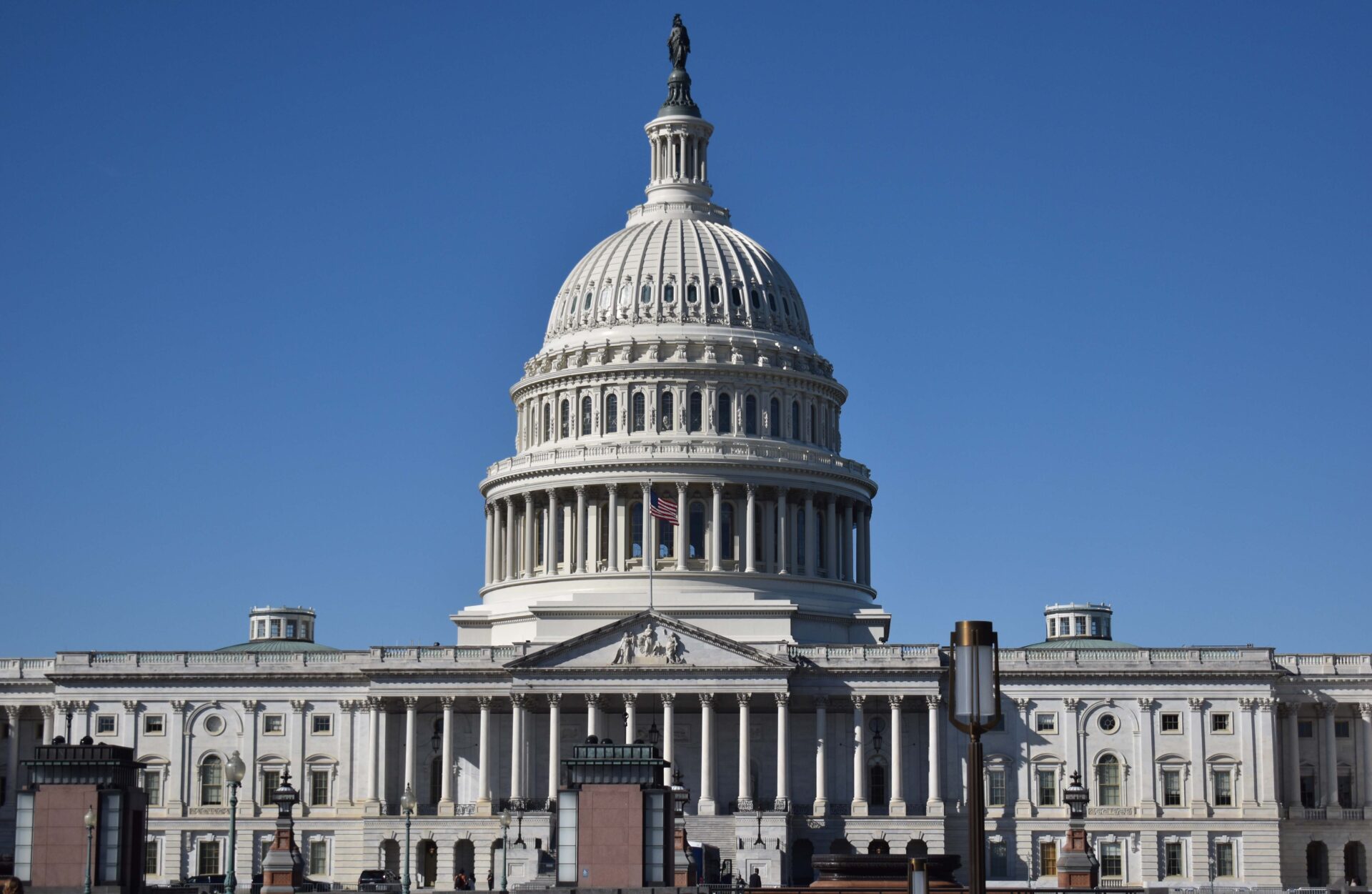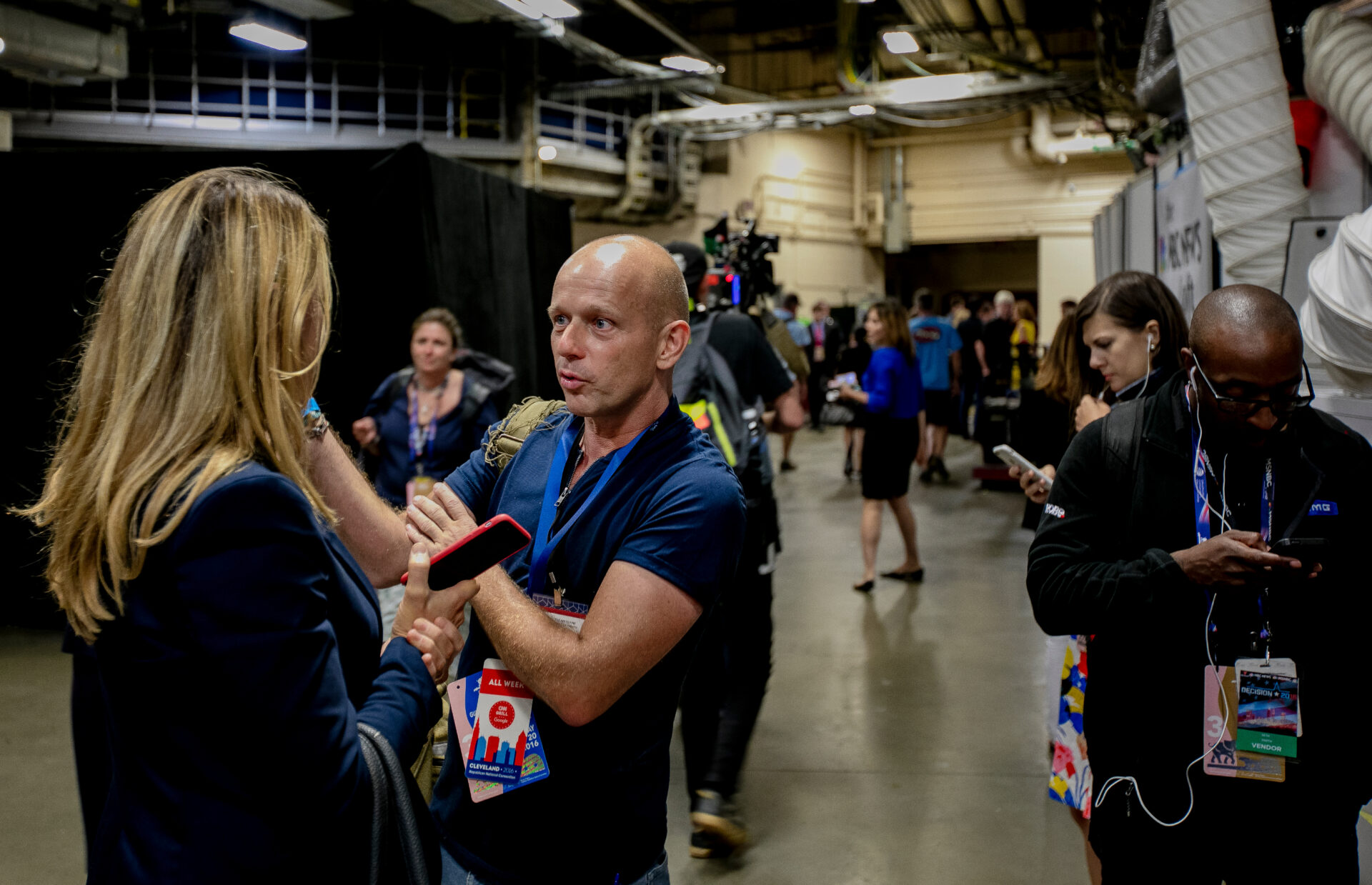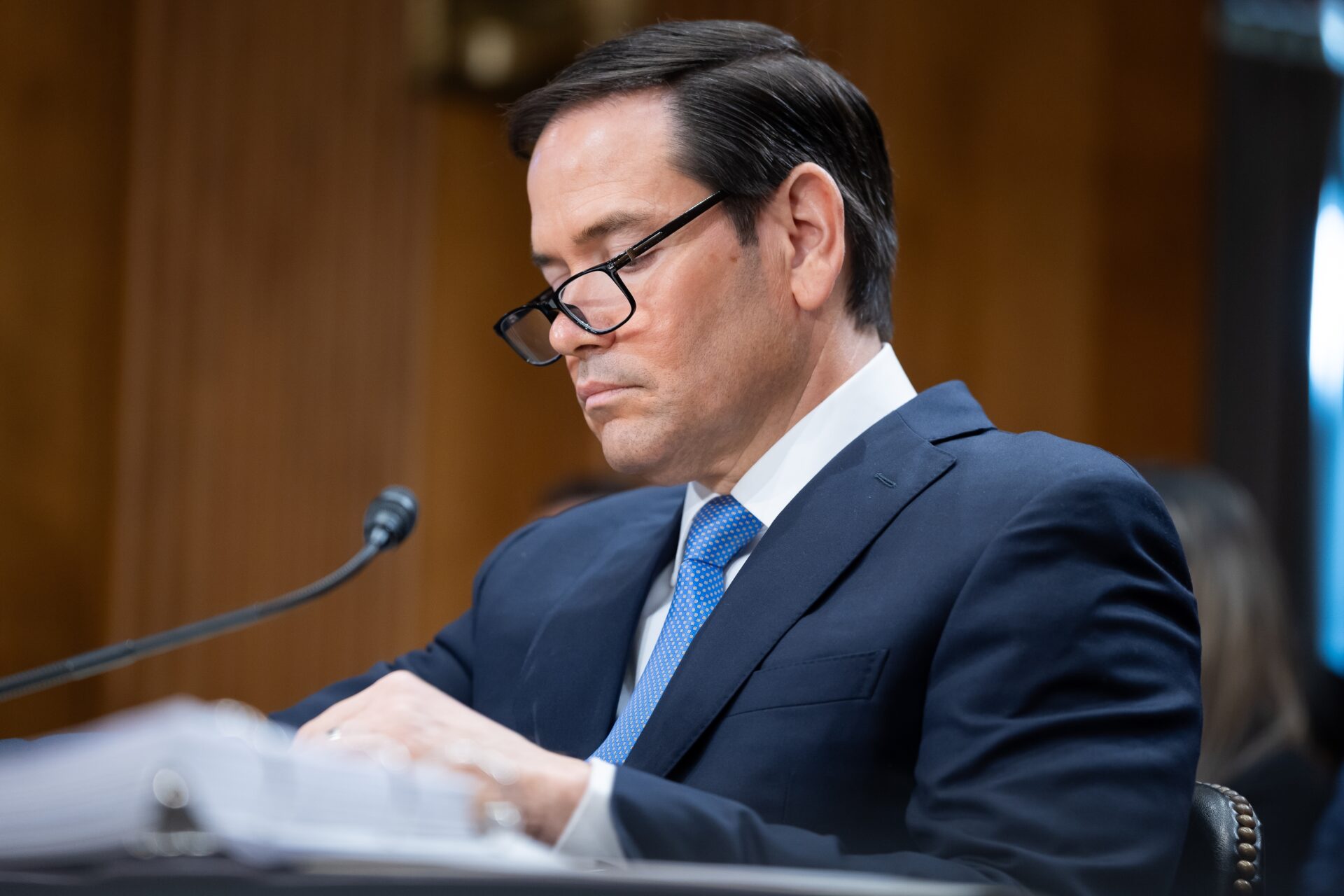
Government Shutdown Enters Fifth Day
As the government shutdown enters its fifth day, a partisan deadlock threatens the lives and livelihoods of millions as Republicans and Democrats fail to reach an agreement.
Story Summary
- The U.S. federal government shutdown began on October 1, 2025, due to a failure to pass appropriations for the fiscal year.
- Republicans and Democrats remain at an impasse over disagreements on spending, foreign aid, and health insurance subsidies.
- Approximately 800,000 federal employees have been furloughed, with another 700,000 working without pay.
- The shutdown marks the third such event under President Trump’s administration.
Partisan Gridlock and Its Immediate Impact
The current government shutdown, the first since 2018–2019, was triggered on October 1, 2025, when Congress failed to pass the necessary appropriations bills. The deadlock is rooted in deep-seated disagreements over federal spending priorities, including contentious issues such as foreign aid and health insurance subsidies. Both parties are entrenched in their positions, with Republicans pushing for spending cuts and a rollback of health subsidies, while Democrats demand continued funding for these programs. The inability to compromise has left federal agencies in a state of uncertainty, with essential services operating without pay and non-essential services halted.
The shutdown has had immediate and far-reaching effects, with approximately 800,000 federal employees furloughed and another 700,000 working without pay. This situation has led to disruptions in public health agencies such as the NIH and CDC, as well as social programs like the WIC. The impact is felt not just by government workers, but also by the broader public, particularly vulnerable communities reliant on federal programs for support.
Political Maneuvering and Public Messaging
The shutdown has become a stage for political maneuvering, with both parties leveraging public opinion to assign blame. President Trump and Republican leaders have accused Democrats of making unreasonable demands and using the shutdown to gain political leverage. Conversely, Democrats have framed the shutdown as a tactic by Republicans to force policy concessions unrelated to the budget. This political gamesmanship is exacerbated by the use of social media, where inflammatory content and satirical messaging further polarize public opinion.
The shutdown occurs in a politically charged environment, intensified by the upcoming presidential election cycle. This has led to heightened partisan strategies and a lack of willingness to compromise, prolonging the standoff. The Senate, bound by the filibuster rule requiring 60 votes for continuing resolutions, remains divided, necessitating bipartisan cooperation that seems elusive in the current climate.
Long-term Consequences and Public Trust
Beyond the immediate disruptions, the shutdown poses long-term risks to public trust in government institutions. Repeated shutdowns have historically undermined confidence in the government’s ability to function effectively. Economically, the shutdown could result in reduced consumer spending by affected workers and delayed government contracts, potentially leading to downgrades in the U.S. credit rating if it persists.
As negotiations remain deadlocked, the pressure mounts on both parties to find a resolution that addresses the fiscal and policy issues at hand. The continued impasse not only affects federal employees and those reliant on government services but also has broader implications for the economy and political landscape. The longer the shutdown persists, the more significant its impact will be on the nation’s infrastructure and the public’s perception of governmental efficacy.
Watch the report: US Government Shutdown Begins as Republicans, Democrats at Impasse
Sources:
Wikipedia: 2025 United States federal government shutdown
The White House: Government Shutdown Clock
Government shutdown enters fifth day as Democrats and Republicans remain at an impasse – ABC News
Shutdown enters a new week with Congress still at odds over funding the government


